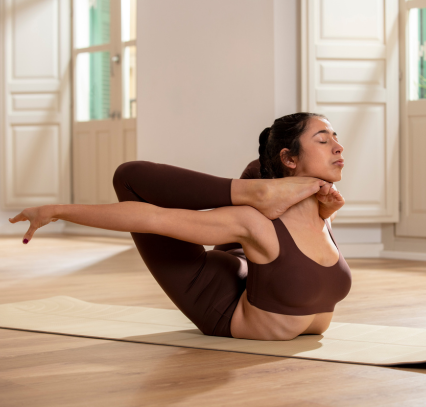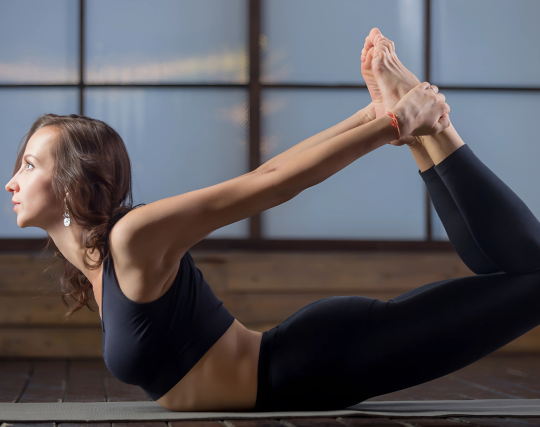The Flow of Movement in Vinyasa Yoga
The flow of movement in Vinyasa Yoga is one of its defining features, characterized by a seamless transition between poses synchronized with the breath. Each movement is linked to an inhale or exhale, creating a rhythmic and fluid practice that promotes mindfulness and connection to the body. This dynamic flow encourages both strength and flexibility, as practitioners move through a series of poses that challenge different muscle groups while maintaining a sense of continuous movement. The fluid transitions not only help build physical endurance but also cultivate mental focus, allowing practitioners to stay present and aware throughout the practice. Ultimately, the flow of Vinyasa Yoga offers a moving meditation, where breath, body, and mind work together in harmony. This constant flow helps to release tension and stress, allowing practitioners to enter a state of deep relaxation and clarity. As the sequence of movements unfolds, it fosters a sense of inner balance and peace, enhancing both physical and mental well-being. The dynamic nature of Vinyasa also keeps the practice engaging and challenging, making it a powerful tool for personal growth. Over time, the continuous flow cultivates a sense of mindfulness that can be carried beyond the mat into everyday life.
- Each pose in Vinyasa Yoga is linked to the breath, creating a smooth and rhythmic flow that enhances focus and mindfulness.
- The continuous transitions between poses help to build strength, improve flexibility, and engage different muscle groups throughout the body.
- The fluid flow cultivates mental concentration, helping practitioners remain present and calm, while also reducing stress and anxiety.
- The dynamic nature of Vinyasa keeps the practice both challenging and exciting, fostering personal growth and a deeper connection to the body and mind.







